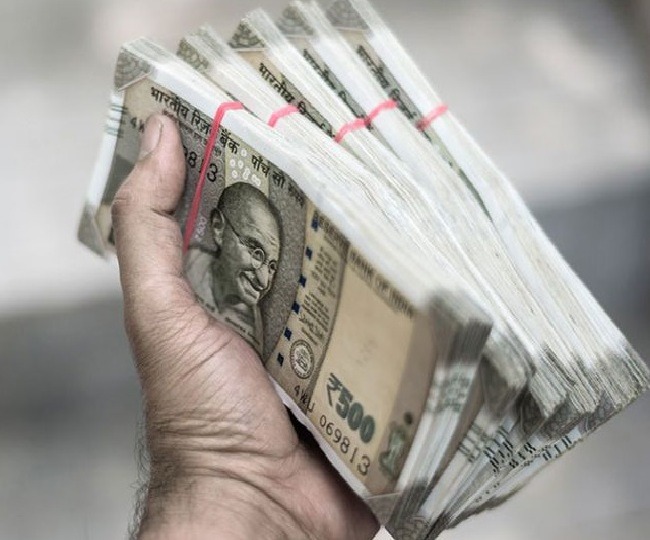Govt hikes rates on some small savings schemes by up to 30 bps for Oct-Dec
The rates have been raised after keeping them unchanged for nine consecutive quarters.
The finance ministry has raised interest rates on some small savings schemes by 10 basis points to 30 basis points for October-December.
The rates have been changed after keeping them unchanged for nine consecutive quarters.
The interest rates on the various instruments now range from 4 percent to 7.6 percent, according to a statement on September 29.
The small savings interest rates, while set by the government, are linked to market yields on government securities at a spread of 0-100 basis points over the yield of these securities of comparable maturities. While in previous quarters, the small savings interest rates have been left unchanged despite a rise in the corresponding government bond yields, these yields actually fell during the reference period for October-December.
In June-August, which is the reference period for small savings interest rates for October-December, the yield on five-year government bonds declined by around 15 basis points, while 10-year bond yields fell by nearly 25 basis points over the same period.
Despite being linked with market rates, at least on paper, small savings interest rates seemingly continue to be administered due to their sensitive nature. In August, Reserve Bank of India (RBI) staff noted in their monthly 'State of the Economy' article that with the rise in government bond yields, “the spread between the existing interest rates on various small savings instruments and the formula-based rates is now negative for most small saving schemes”.
The central bank has periodically called on the government to stick to the formula-based approach to setting small savings interest rates. In its Monetary Policy Report of October 2021, the RBI had warned that the interest differential on small savings schemes and bank deposits had resulted in growth in accretions under the former consistently exceeding that of bank deposits since 2018. This, the RBI said, would have implications for monetary transmission whenever demand for credit picked up.
The impact is seemingly visible now, with banking system liquidity dipping into deficit this month due to a combination of factors, one of which has been a faster rise in credit as compared to deposits.
In the minutes of the August meeting of the Monetary Policy Committee, RBI Executive Director Rajiv Ranjan had noted that when interest rates on small savings schemes are revised upwards as per the formula-based mechanism, it will increase pressure on banks to raise interest rates on retail deposits.
The RBI has raised interest rates sharply in recent months to combat inflation. It is expected to raise them again tomorrow. Banks have also increased deposit and lending rates.

_1663770547052.jpeg)





